A good stop to make when driving through the Vermont town of Bennington, is to visit the Bennington Museum, which houses works by artists that portray the culture of northwestern Massachusetts, southern Vermont, southern New Hampshire, and eastern New York state. In front of the museum is a strange statue by Clyde du Vernet Hunt, called “The American Spirit,” also known as “The Lincoln Trilogy,” with the subtitle of “Faith Charity Hope”.
The Bennington Museum explains: “Hunt’s intention for the Lincoln Trilogy was noble – he saw the new sculpture as symbolizing the ideals of Faith (Nirvana), Hope (Fils [son] de France) and Charity (Abraham Lincoln). Nevertheless, the arrangement created an imbalanced power dynamic that reflects the patriarchal society in which it was created. In the nationalistic atmosphere of the 1940s, the sculpture was reinterpreted and given the name ‘The American Spirit’ with the figure of the boy re-envisioned as the Young of America.”
Another of Hunts works within the museum is a marble statue titled “Nirvana”. While studying sculpture in Paris in 1923, Hunt created the piece symbolizing inner peace and perfect faith, as a concept of Buddhism, and as an allegory for faith.
Other art pieces are below.
We didn’t note the artist’s name for the first piece, but the last one is by Frederick MacMonnie, titled, Bacchante with Infant Fawn.
The museum is best known for the largest collection of paintings by Grandma Moses, who was one of the most important 20th century artists in America. She was self-taught and specialized in primitive folk art, showing idyllic depictions of country Vermont life. All her works were of rural landscapes in all seasons, with old barns, horse and buggies, children playing, and people going about their daily lives.
Our favorite room was the room of curiosities, which had old household items; such as sugar cutters, dolls, clocks, the first lightbulbs, and so much more.
Here is an old sewing machine and old bottles.
There was also a cabinet of Masonic aprons and gear.
The following map may be difficult to read, but it is old, authentic and important. I’ve reprinted the description. It is titled “The Vermont Republic”.
New Hampshire’s Royal Governor, Benning Wentworth, started chartering towns west of the Connecticut River in 1749, ignoring the fact that his colony’s western border was disputed by the colony of New York. In the 1760s, New Yorkers tried to assert their own claims to the land in what is now Vermont. The map is drawn from the New York perspective. Ira Allen was only 19 when he arrived in the New Hampshire Grants in 1770, where his elder brother Ethan Allen was already well established. Ira convinced several of his brothers to invest heavily in the Champlain Valley. Ira covertly amassed great tracts of Vermont countryside while Ethan formed the Green Mountain Boys, a vigilante group, to intimidate New Yorkers who had claims to the land. The Allens also published numerous pamphlets stating their case and waged an effective propaganda campaign. Because of disputed boundaries, Vermont was unable to join the United States during the Revolutionary War. Instead, in 1777, Vermonters formed an independent republic. Boundary disputes were finally resolved in 1791, and Vermont became the fourteenth state. Ira Allen designed the Sate Seal, and also drafted the State Constitution.
Be sure and visit this wonderful museum.
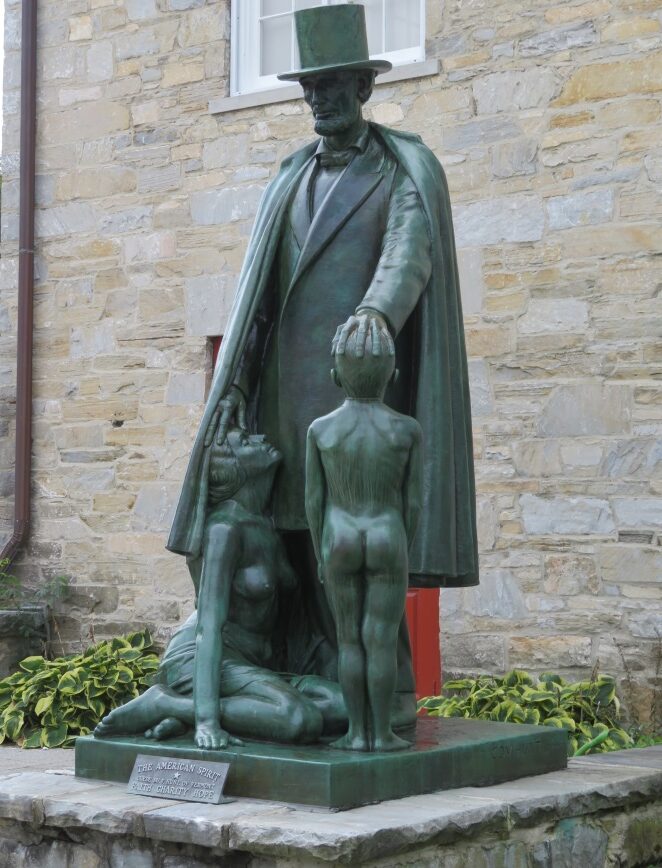
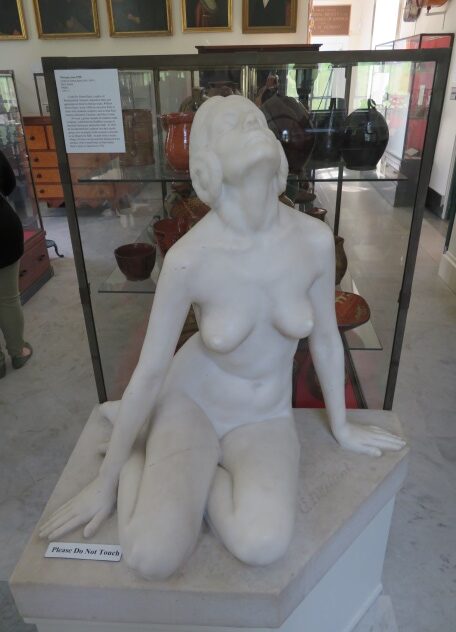
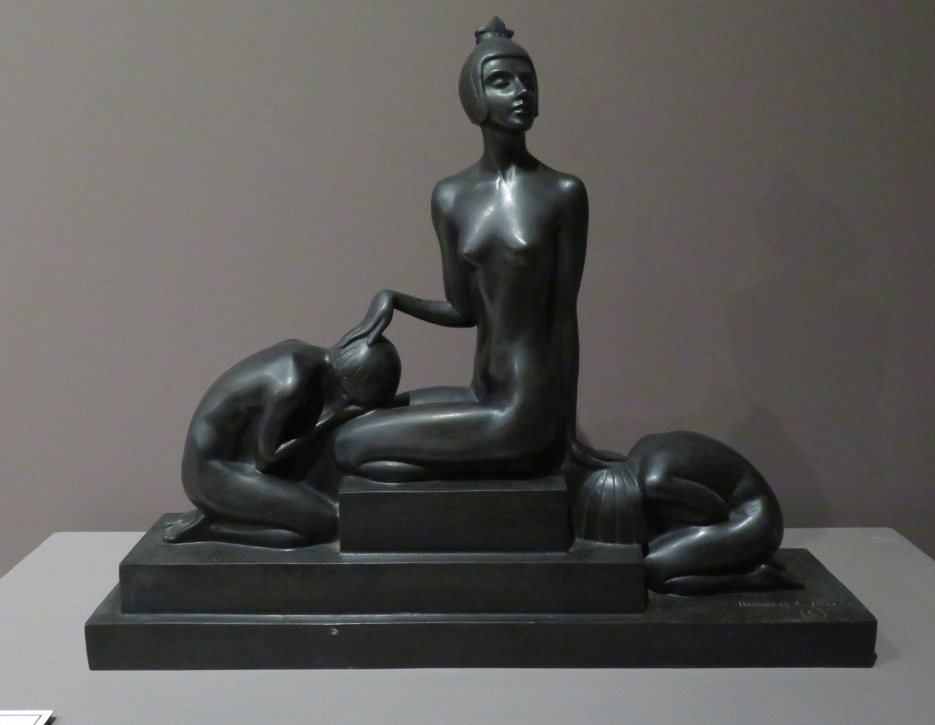
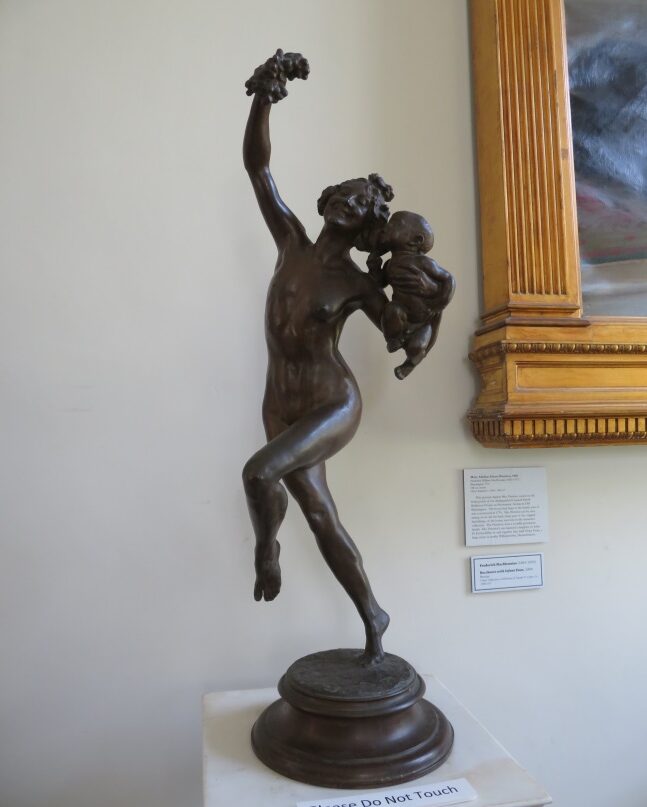
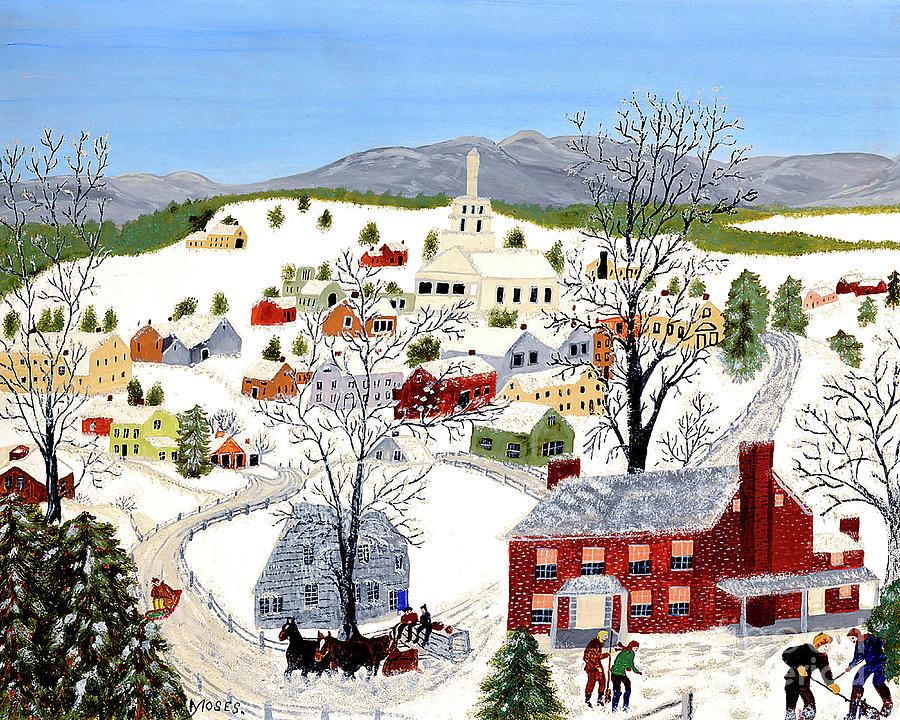



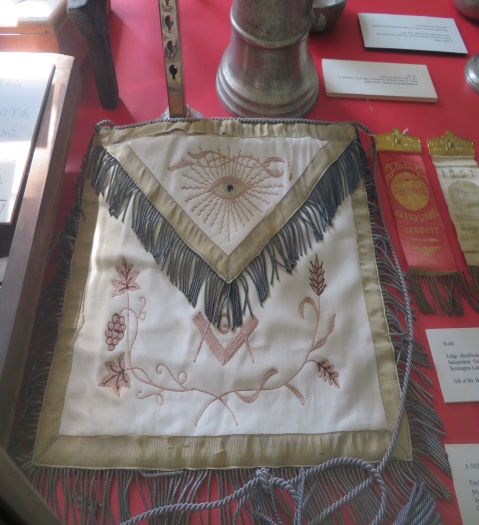



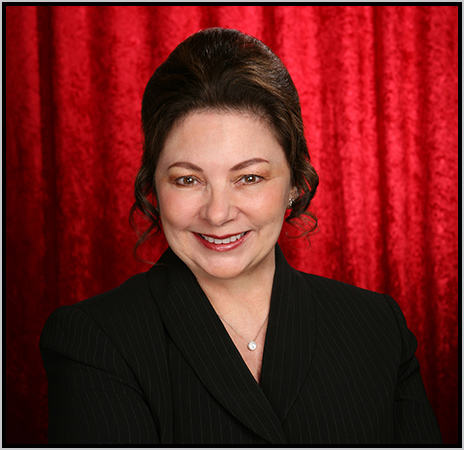 The official website of Lita-Luise Chappell, writer on sex, magic, food, distant lands, and everyday life with articles, poetry, novels, travelogues, rituals, cookbooks, and short-stories.
The official website of Lita-Luise Chappell, writer on sex, magic, food, distant lands, and everyday life with articles, poetry, novels, travelogues, rituals, cookbooks, and short-stories.
